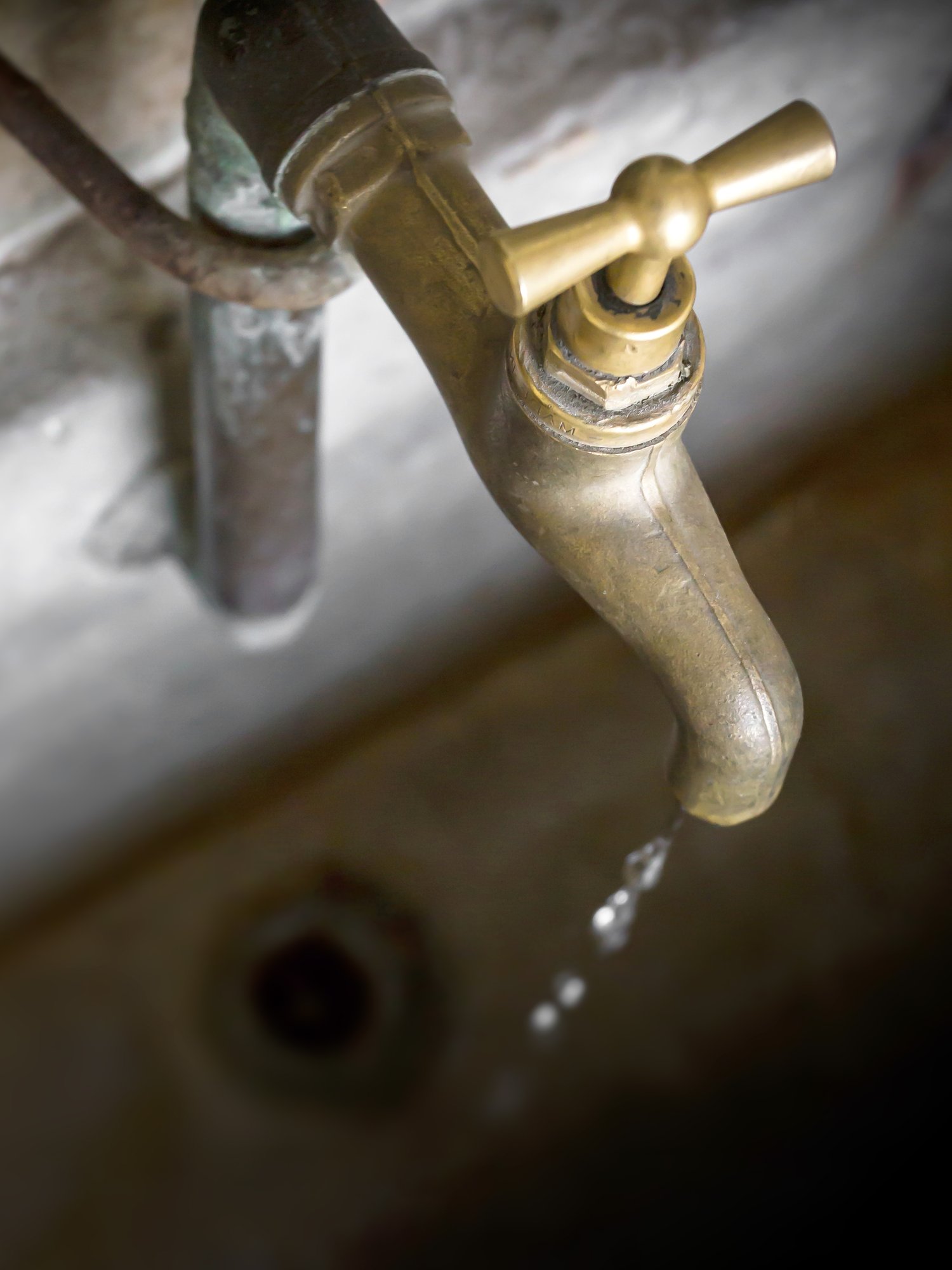Few household issues are as frustrating as turning on a faucet only to be greeted by a disappointing trickle of water. Low water pressure can make simple tasks like showering, washing dishes, or watering the garden unnecessarily time-consuming and difficult. This common plumbing pressure issue affects many homeowners, but the good news is that there are often straightforward solutions. In this article, we’ll explore the primary causes of low water pressure and provide practical steps to fix low water pressure problems, helping you improve home water flow throughout your property.
Understanding Water Pressure Basics
Water pressure is essentially the force that pushes water through your pipes and out of your fixtures. Normal residential water pressure typically ranges between 40 and 80 psi (pounds per square inch). Anything below 40 psi is generally considered low pressure and can cause noticeable issues with everyday water use. Before attempting any fixes, it’s helpful to understand what normal pressure should feel like. A strong, steady stream that quickly fills a container indicates good pressure, while a weak flow that takes longer than usual to fill the same container suggests low water pressure causes are at play in your system.
Municipal Supply Issues
Sometimes the source of your water pressure problems lies beyond your property. Municipal water systems occasionally reduce pressure during periods of high demand or drought conditions. Additionally, if you live in an area at a higher elevation or at the end of the municipal supply line, you might experience chronically lower pressure than other neighborhoods. To determine if this is the case, contact your local water department to inquire about typical pressure in your area and whether any current conditions might be affecting service. If municipal supply is the issue, you might consider installing a water pressure booster pump, though you should consult with professionals from AskHomey to ensure this is the appropriate solution for your specific situation.
Pressure Regulator Problems
Many homes have a pressure regulator (sometimes called a pressure reducing valve) installed where the main water line enters the house. This device is designed to protect your plumbing system by reducing the municipal water pressure to a safe level for your home’s pipes. However, these regulators can fail over time, either becoming stuck and reducing pressure too much or failing entirely. If your home has suddenly developed low water pressure throughout all fixtures, the pressure regulator might be the culprit. Adjusting or replacing this component can often fix low water pressure issues immediately, though this task is typically best left to professional plumbers due to the specialized knowledge required.
Clogged Pipes and Mineral Buildup
One of the most common low water pressure causes, especially in older homes, is the accumulation of mineral deposits inside pipes. Over years of use, minerals from hard water (particularly calcium and magnesium) can build up on the interior walls of pipes, gradually restricting water flow. This issue typically develops slowly over time, so you might not notice the decline until it becomes significant. In extreme cases, pipes may need to be replaced, but often professional descaling can improve home water flow without such drastic measures. Regular water softener use can help prevent future buildup if hard water is common in your area.
Leaks in Your Plumbing System
Hidden leaks can significantly reduce water pressure while simultaneously increasing your water bill. Even small leaks can divert water that would otherwise reach your fixtures, creating plumbing pressure issues throughout your home. Check your water meter, then avoid using any water for two hours. If the meter reading changes despite no water being used, you likely have a leak somewhere in your system. While visible leaks under sinks or behind toilets can be spotted easily, many leaks occur inside walls or underground, requiring professional detection methods and repairs.
Fixture-Specific Problems
If low water pressure affects only one fixture rather than your entire home, the issue is likely isolated to that particular faucet, showerhead, or appliance. Aerators and showerheads often become clogged with mineral deposits, especially in hard water areas. Removing and soaking these components in vinegar overnight can dissolve the buildup and restore proper flow. Similarly, built-in filters in certain fixtures may need cleaning or replacement. These simple maintenance tasks can dramatically improve water flow with minimal effort and expense.
Outdated or Inadequate Plumbing
Homes built decades ago often have plumbing systems that weren’t designed for modern water usage patterns or featured smaller diameter pipes that inherently limit flow. Additionally, galvanized steel pipes common in older homes corrode internally over time, restricting water passage. If your home is more than 50 years old and still has original plumbing, pipe replacement might be the only lasting solution to your water pressure issues. While expensive, updating your plumbing system not only resolves pressure problems but also prevents potential water damage from aging pipes and increases your home’s value and functionality.
When to Call a Professional
While some fixes for low water pressure can be handled by homeowners, many require specialized knowledge and tools. If simple remedies like cleaning aerators or adjusting pressure regulators don’t solve the problem, it’s time to consult with a licensed plumber. A professional can perform a comprehensive pressure test, identify hidden leaks, and recommend the most cost-effective solutions for your specific situation. Remember that attempting complex plumbing repairs without proper knowledge can lead to expensive water damage or code violations.
For more tips and to connect with reliable home service professionals, follow AskHomey on Facebook and Instagram.



